Artist portrait by Mark Daybell

Artist portrait by Mark Daybell
Schessa Garbutt
Los Angeles based designer
Interview by Mark Daybell
DAYBELL: It’s August 23, 2019. I’m here with Schessa Garbutt in her studio in Inglewood, California. In terms of medium, your work is very diverse. It ranges from traditional forms, such as illustration and editorial design, to very 21st century forms, like UX/UI. In your mind, what connects the work?
GARBUTT: Despite the different media, I really want to care about the problem that client is trying to solve. For example, I recently was working on an exercise video streaming app for aging adults. The start-up is creating exercises that work for people who are older. And to me that’s important because it connects people with media that works for their abilities and helps them sustain health longer, fighting ageism. I want the work that I do to connect to larger things that are going on in the world and I want to help people who are trying to help other people.
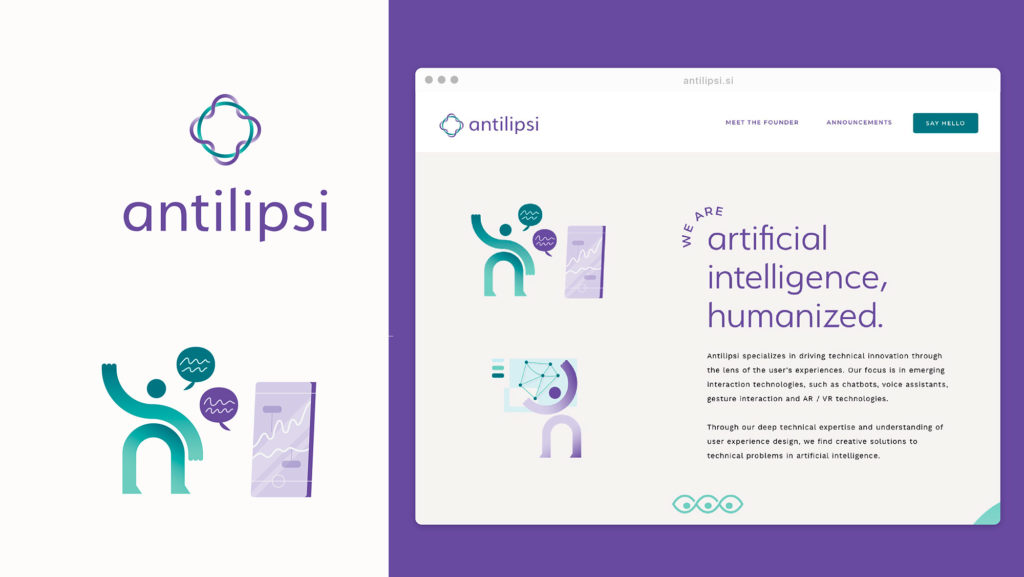
Client: Antilipsi
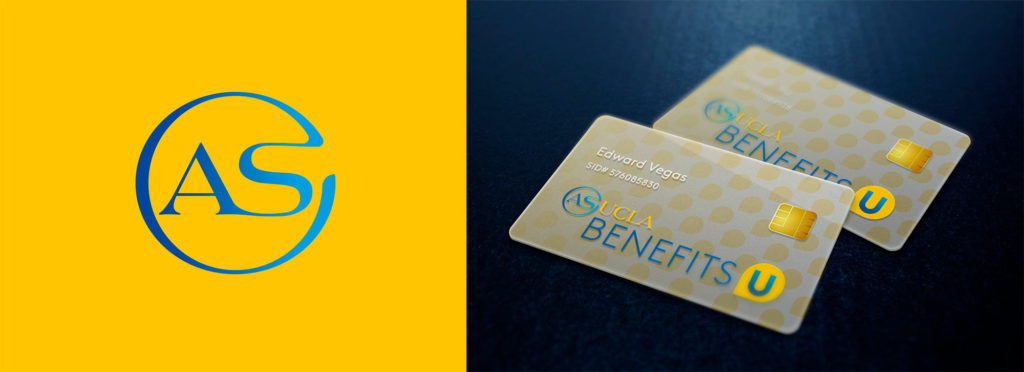
Client: ASUCLA

Client: ASUCLA
DAYBELL: What initially attracted you to art and art making?
GARBUTT: I felt art was something I could excel at and that it could be used for good. What attracted me to design was like, okay how do I turn this art and visual creativity into something that I can help other people with? How can I create something that can be use out in the real world versus just in a gallery space?
DAYBELL: Did you receive a formal visual arts education?
GARBUTT: I did, I went to Roski at USC.
DAYBELL: What does your practice of creativity involve? Can you talk about some specifics?
GARBUTT: Sure. There’s this quote, and I’m going to misquote it, but it was like, “If the artist isn’t in the studio the muses won’t walk by,” or, “Muses only walk by your studio window.” So, I feel creativity for me is like a habit. If I can get myself to sit down in the studio, that’s half the battle for getting work done.
“I want the work that I do to connect to larger things that are going on in the world and I want to help people who are trying to help other people.”
DAYBELL: Talk about how you begin a project.
GARBUTT: If it’s a design project, like a freelance project or at my full-time job, usually I start with: where am I trying to get to, what are the deliverables. One of my main mood boarding tools is Pinterest. I use Pinterest as a digital sketchbook, similar to going through a magazine and tearing stuff out and pasting it into a book or binder. I also look at design blogs and inspiration blogs every day. Sometimes I’ll have something in mind, like, “Oh I saw this cool article that reminded me of this project, let me go back and skim that.” Or I’ll go to Pinterest and say, “Okay I’m going to look at my retro typography board because the client said they’re looking for something kind of vintage feeling.”
DAYBELL: How do you record your ideas for projects? Sounds like Pinterest is one.
GARBUTT: Right. That’s one way to record it. I’ll usually take notes on the project brief. Sometimes I will do word webs. So, let’ say it’s a sustainable company, I’ll start with the word, “sustainable,” and then word web adjectives and visuals and colors that I think of based on that prompt.
DAYBELL: Would you categorize your process as collaborative?
GARBUTT: Well, yes and no. Not collaborative with other designers all the time. At my fulltime job I have an art director and yeah, we do bounce ideas of each other, but I’m the main person executing the design.
But then of course there’s the larger team of the project manager and the web developer and whoever else I’m working with. So that part definitely is collaborative, getting it from the start to the finish line and that entire team that makes that happen.
DAYBELL: Is collaboration a typical part of your process or is it case-by-case?
GARBUTT: It’s typical for most projects. The amount changes depending on where we are in the process. If we’re starting a branding project for a totally new company it’s usually going to be pretty collaborative. But if we’re a year and a half in and it’s like, “Okay, you’re making packaging changes based on the style guide that’s already been set,” that’s something that’s more independent.
DAYBELL: How does risk factor into your process?
GARBUTT: Risk is really fun with design. When a client comes to me, I usually have a sense of what they’re looking for. Sometimes they’ll send a drawing or they’ll send some other logos or designs, and they say, “Something like this.” But the riskiness comes in when I show them that second or third option that’s like, okay, this is pushing you a little bit, this is pushing design ideas into something that’s a little bit more visually interesting and takes some creative risks.
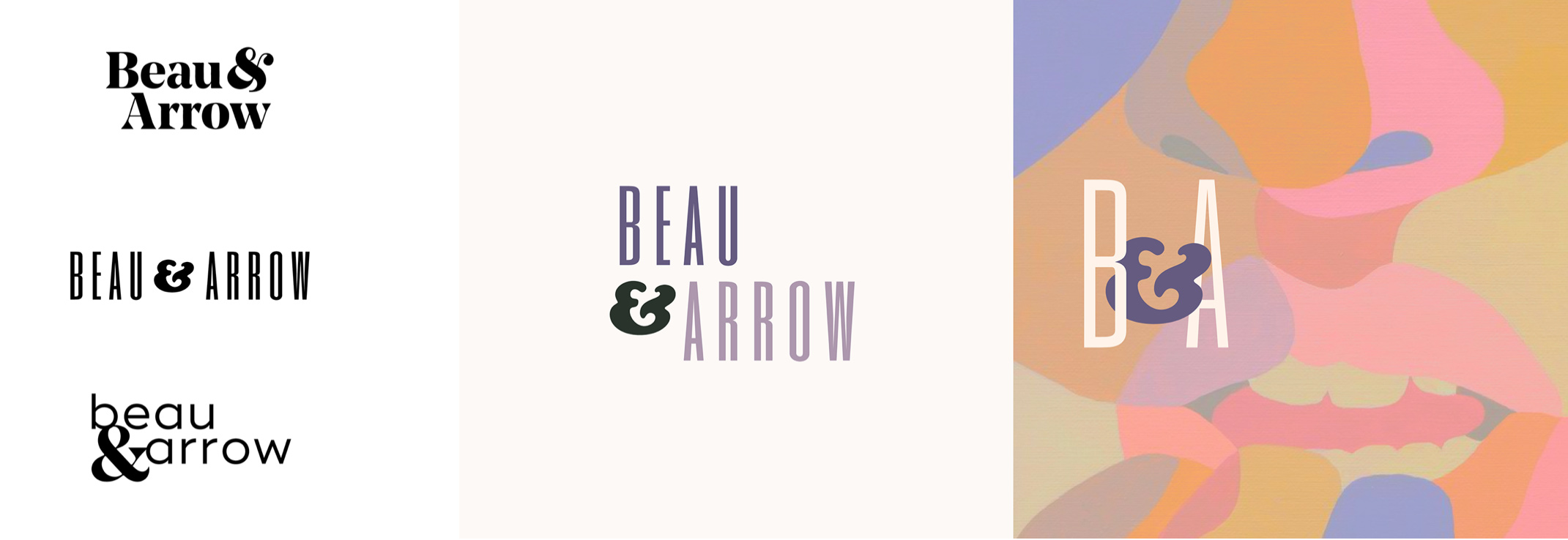
Client: Beau & Arrow
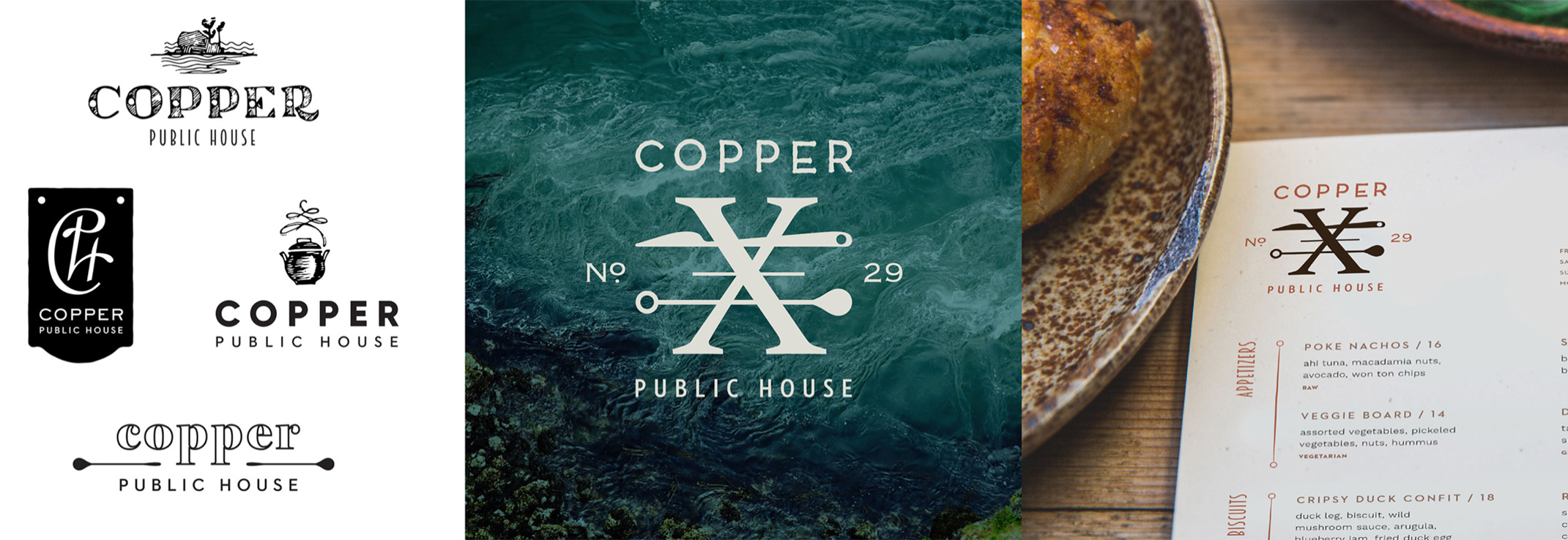
Client: Cooper Public House
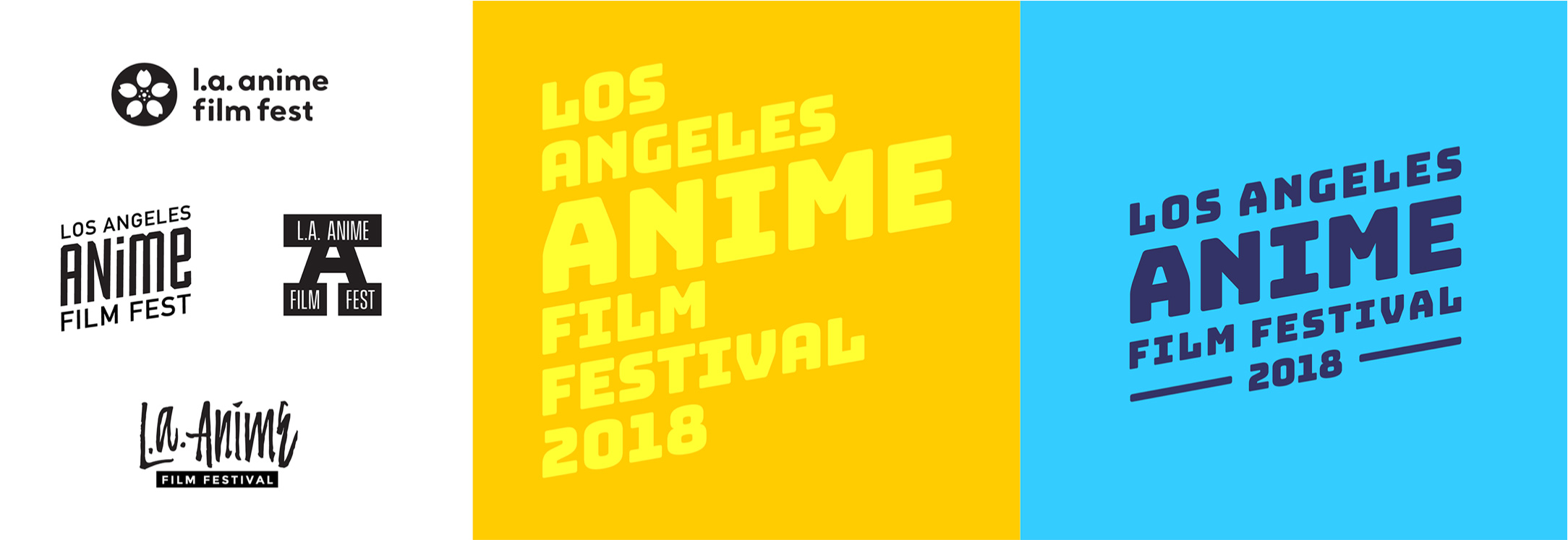
Client: Los Angeles Anime Film Festival

Client: Studio AGA

Client: Wilderwise
DAYBELL: How do you recognize a good idea?
GARBUTT: That’s tough. I feel like my favorite ideas, which then I’m biased and I’m going to call them good ideas, are ones where there’s a visual play or visual pun. That’s not the only kind of good idea, but I think what I like about that is that it feels like this serendipitous, “Oh, the universe aligned to connect these two forms so that I could bring them together for this project.”
DAYBELL: Do you make art every day?
GARBUTT: I do. Yeah, I’m trying to be creative every day. Usually, once or twice on the weekend days for freelance stuff. And then, obviously my day job is designing. I like to get creative with clothes and fashion as well.
DAYBELL: So, your creativity would expand beyond design?
GARBUTT: Yeah, I try not to feel like I can only be creative sometimes. I don’t want to be like, “Oh I go to the office and that’s where I turn my creativity switch on or I put on my creativity hat.” It’s fun to me to have little design challenges throughout the day. One of those is getting dressed.
“I want my process to be a little bit more open, to bring me to what I think is going to be more interesting work. Or at least work that’s more fun to create.”
DAYBELL: Do you ever hit a creative wall, and how do you break through it?
GARBUTT: I’ve definitely hit walls. Usually it’s because I’m tired. With design work, if I have the time to take a break from it I’ll step back from it for a minute and work on something else or I’ll go rest. Sometimes I go back to what the brief or the prompt was, or sometimes I’ll just type a word into google or into Dribbble or some other design inspiration site and see what other people are doing. I do that a lot for making icons. I’ll go on The Noun Project and type in whatever the icon is supposed to be and then just look at the whole page and not download anything, but get a sense of, “Okay, this is what other people think of when they think of this icon.”
DAYBELL: Do you find your creative process more of a challenge or an asset?
GARBUTT: I think process in general can be an asset. Right now, I want my process to be even more of an asset. So, I’m trying to challenge myself to get off of the computer more. Whether that’s with traditional media or sketching physically in my sketchbook. Or maybe I’m looking through books or looking at textures. I want my process to be a little bit more open, to bring me to what I think is going to be more interesting work. Or at least work that’s more fun to create.

Illustration
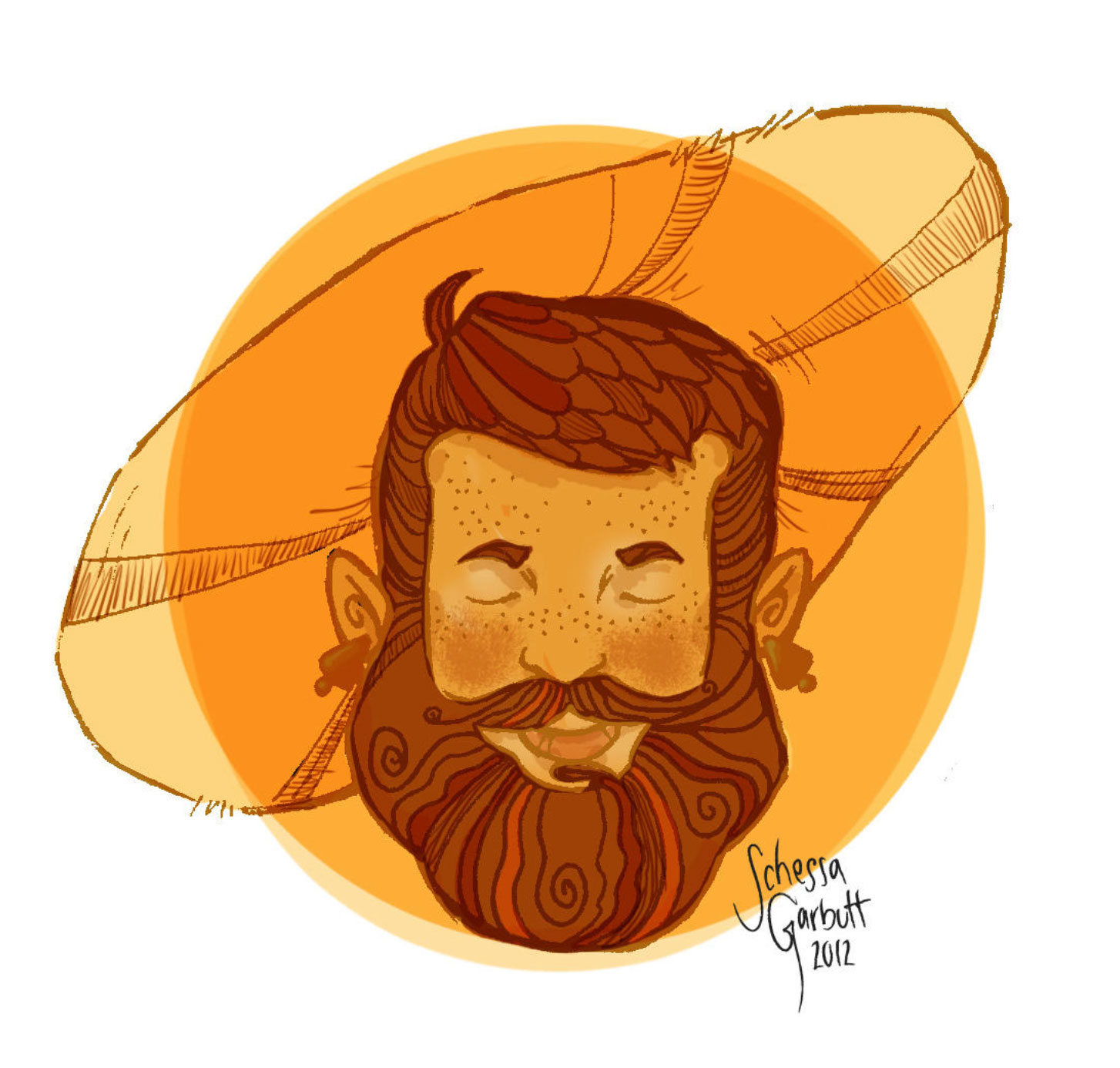
Illustration
DAYBELL: Can you generalize a little and talk about how different types of clients might affect your process.
GARBUTT: It’s really fun for me to work with small business and startups because I get to talk directly to the person who’s making decisions. A lot of people, when they’re starting a new concept, whether they’re a serial entrepreneur or this is their first time, they’re really excited about it and they really want it to be the best thing it can be. So, I get to ask them, “What do you want this to be? If everything goes well, what’s your vision for this project five years from now?” And then people–it’s kind of silly–but their eyes sparkle and they say, “Oh yeah, let me tell you about what I care about, this is why I’m working on this 18 hours a day, my entire waking hours.” So that’s what’s fun about small businesses and startups, seeing their passion firsthand.
For larger businesses, like a Starbucks or something more corporate, most of that kind of work I do with my agency, so the process is a little bit more rigid. It’s less personal, it’s usually me talking to my art director and talking to the project manager, who then talk to the client who’s going to then talk to the final decision maker. But usually there’s more time, there’s either more time or no time, there are two extremes. But they usually have a bigger budget, and so that means we can explore a little more. Or the project’s going to get seen by more people, so there’s more scrutiny and more bureaucracy or more checks and balances that we go through.
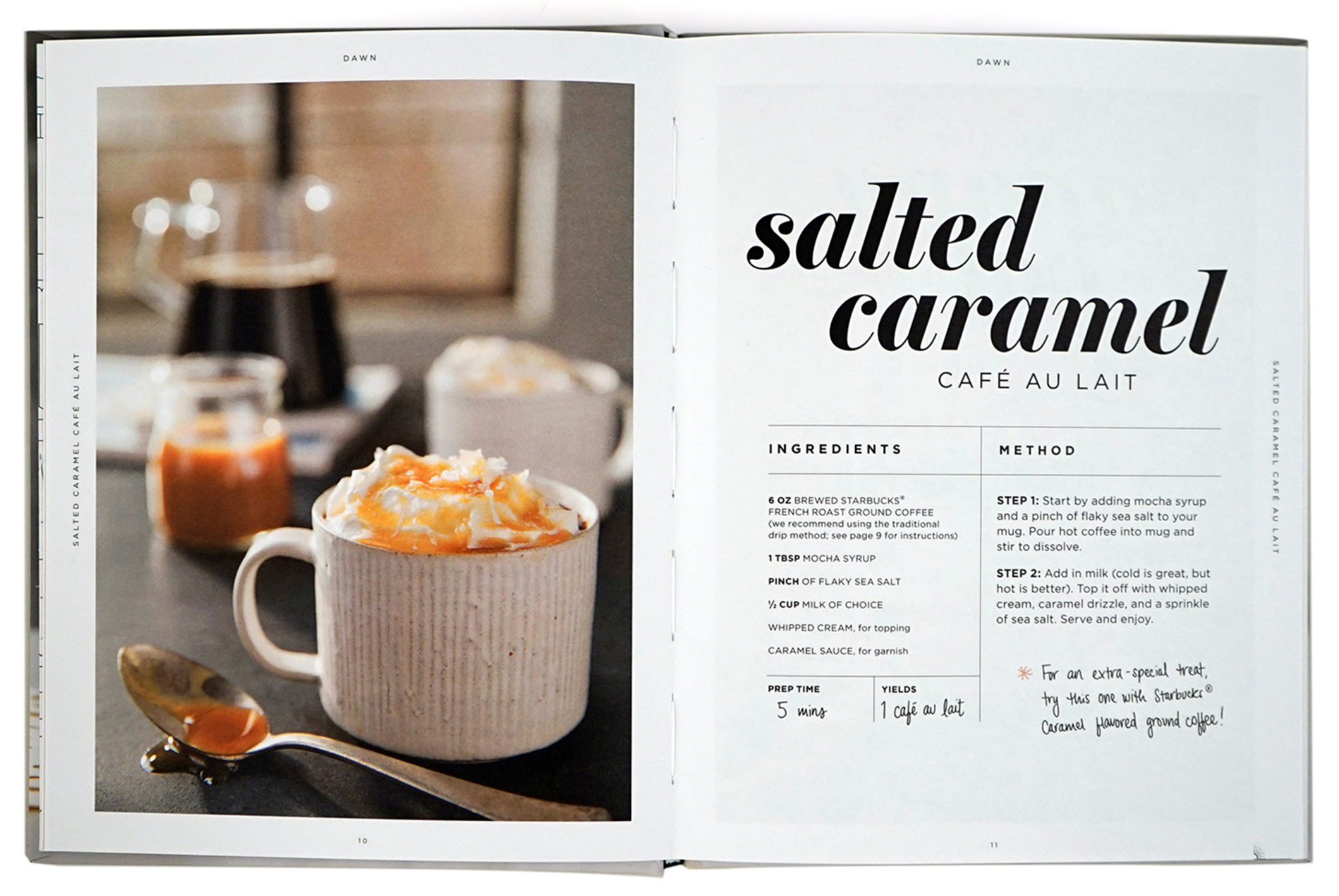
Client: Starbucks
Agency: Clever Creative
Photography: Fluid Frame

Client: Starbucks
Agency: Clever Creative
Photography: Fluid Frame
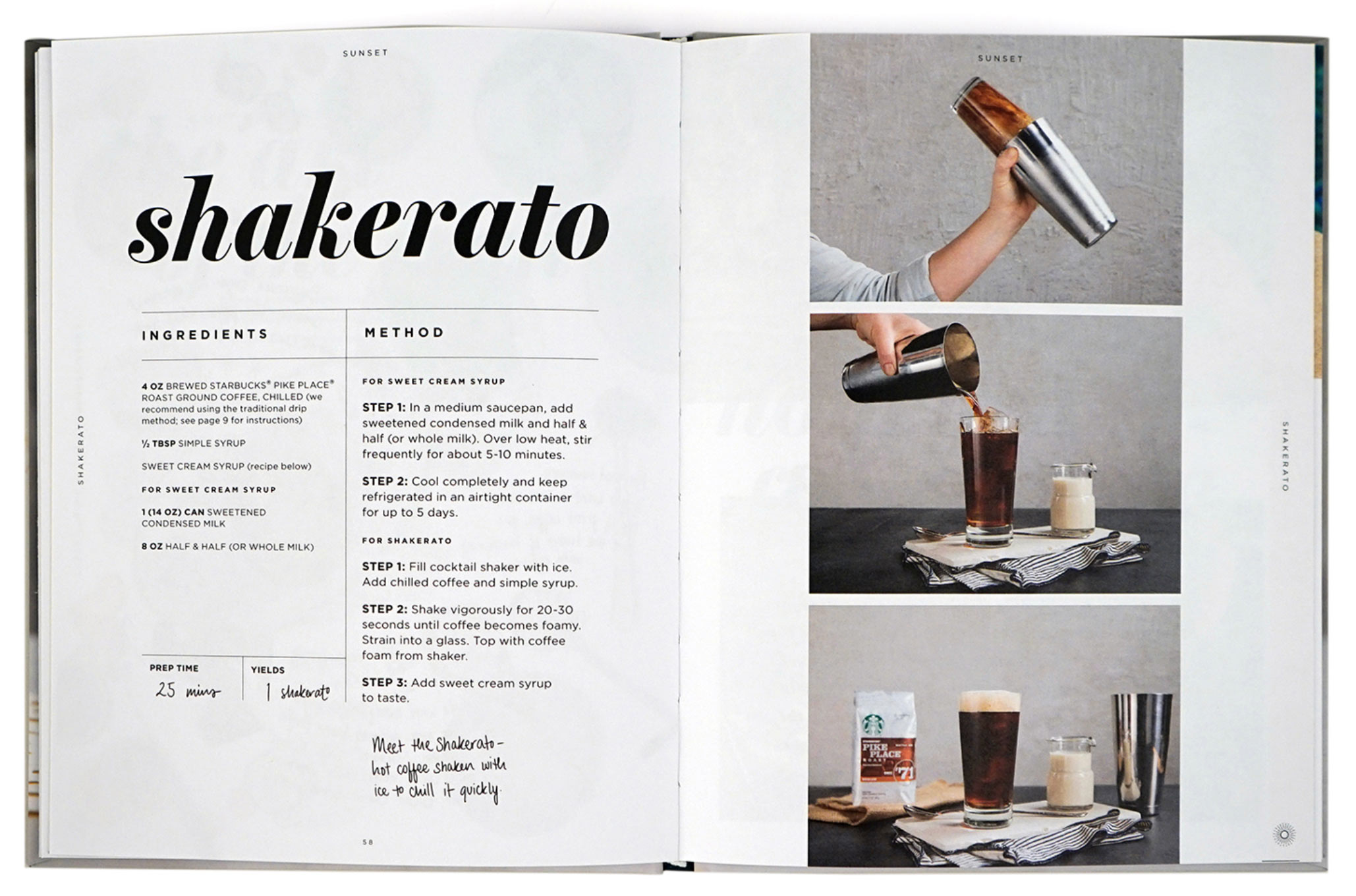
Client: Starbucks
Agency: Clever Creative
Photography: Fluid Frame

Client: Starbucks
Agency: Clever Creative
Photography: Fluid Frame
DAYBELL: Do you feel design is valued more by large corporations or more by startups?
GARBUTT: I guess for startups design is really valued. I have people who are trying to start something, come to me and they will say, in their intro, totally unprompted, “I am coming to a professional designer because I know how I look is important and it’s going to make people judge how much they can trust me and how professional they think I am.” Corporations inherently already know that but there’s just less creative freedom they give the designer.
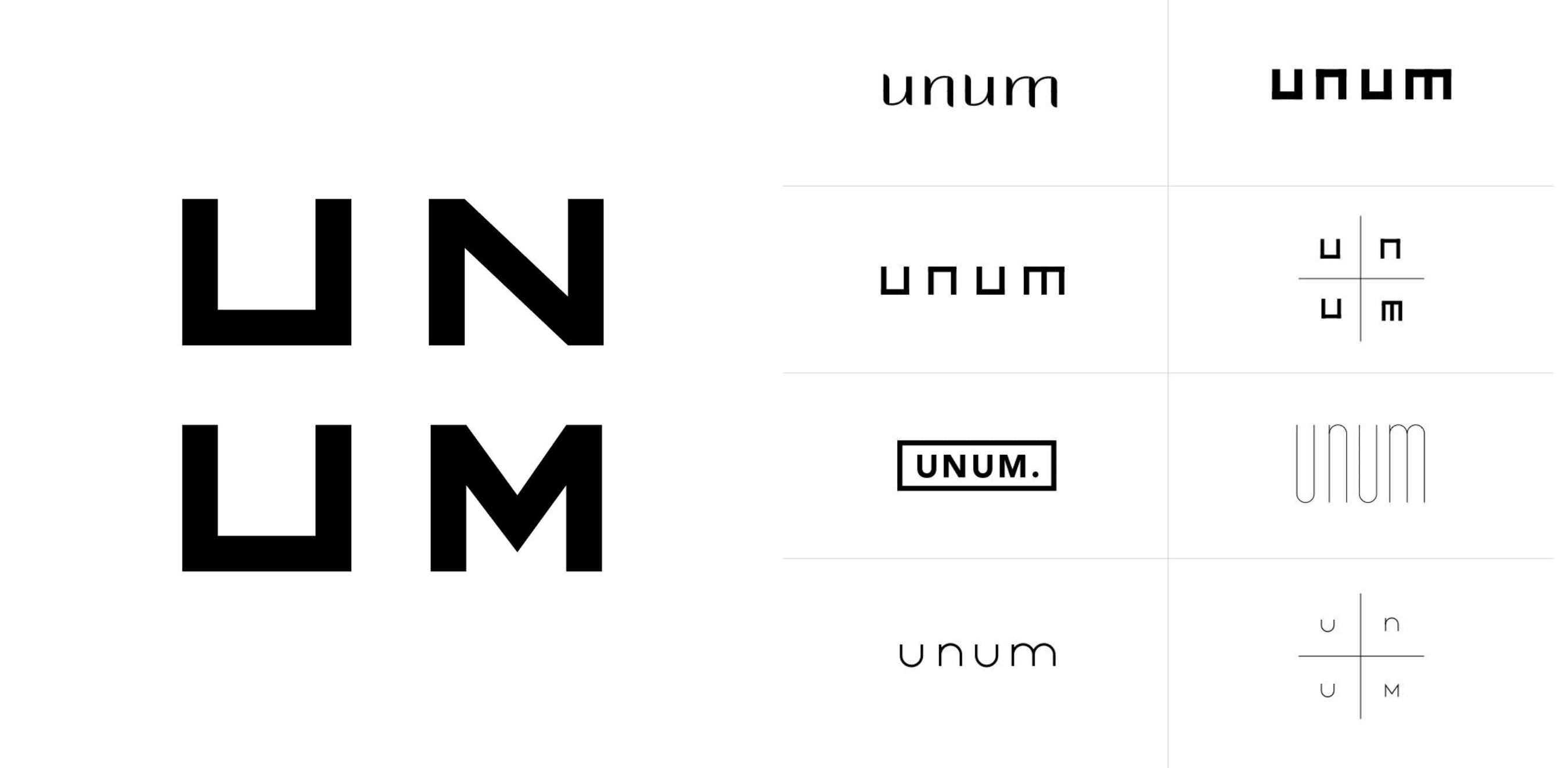
Client: Unum

Client: Unum

Client: Unum
DAYBELL: Have you ever turned down work? Do you consider that decision part of your creative process, or a different kind of process?
GARBUTT: I think it’s part of my creative process, in that I’m trying to say no more often, in big ways and little ways. I’m trying to have a little bit more balance, and I’m also realizing there’s this whole idea that’s popular right now, which is, saying No helps you commit to your Yes. So, I use these big and little Nos to protect my Yeses. Sometimes for freelance, I’ll say no to a project because I already have a lot on my plate and I don’t want to compromise the quality of all of those projects. Or I’ll say, “You know what, this project has a one-week timeline and that’s actually not worth my emotional and mental health right now, so I’m going to say no to that.”
DAYBELL: Is it always a workload issue? Or do you consider other types of concerns, like it’s just not a company you want to work with?
GARBUTT: I’m really lucky that a lot of the clients that we work with at Clever and that I work with individually, it’s not something where I feel, “Oh, I don’t agree with the goals of this company.” Usually people will come to me and they say, “I like what you’ve done for these other companies that are also trying to be a good force in the world, so I want to work with you” Years ago, I read a good tip about building a portfolio. As much as you can, only show the work that you want to get. I try to show work that I’m not only proud of how it looks, but I’m proud of what that company is doing and I support that through my talent and design and my time.
“I’m trying to have a little bit more balance, and I’m also realizing there’s this whole idea that’s popular right now, which is, saying No helps you commit to your Yes.”
DAYBELL: How do you know when a project is finished?
GARBUTT: For design, it’s really easy because either you hit the deadline and you gave them the deliverables or you didn’t. If you didn’t, you’re not finished.
DAYBELL: Where do you look for creative inspiration?
GARBUTT: I look online a lot. I like to look at clichés and what’s already out there. So, when I look at work, it’s really to be like, “Okay, what’s already here and what’s missing? How can I differentiate this client without being totally out of left field with the visuals?” So, for a hospital logo I’m not going to do a red cross, I’m probably not going to do hands or little sprite people, because that gets done a lot. I ask, “What differentiates this hospital and how do I highlight that visually and not use any clichés?”
DAYBELL: Does social media play a part in your process?
GARBUTT: I follow a lot of designers and artists on Instagram. I wouldn’t say I go there for inspiration because the work’s so fresh and I don’t want to accidentally copy something I’ve seen. But, it does help me keep up with type trends and color trends, or, “Oh, I hadn’t thought about a logo in this sort of layout. That’s really interesting, let me keep that in mind.
DAYBELL: Are you satisfied creatively?
GARBUTT: I think I was up until really recently, and now I’m trying to work out what’s the next way to push myself so that I keep design and fine arts fun and not only think of it as a job and a thing that’s only associated with stress.

Illustration
DAYBELL: What advice would you give emerging artists?
GARBUTT: My main advice is don’t lowball yourself and don’t be too humble. If you’re proud of the work you’ve done and if you’ve worked really hard on something, don’t underplay that. I think a couple of ways people do that is they write off their own work and say, “Oh no, you know, it’s not that good.” They’ll also charge less for their work than what it’s actually worth and what their time is worth. You can look up what other people are charging, which I think helps alleviate some of the, “Oh my god, am I allowed to ask people for money for this skill I took so long to hone?” Of course you are. You invest so much time, both in skill development and the work itself. I think creative work is also very emotional and emotionally draining, in addition to just requiring a lot of skill and craft. We don’t question architects’ work and skills, why do we do that for designers?
I feel like another thing for emerging artists and designers is social media and its immediate feedback loop. It’s not something we’ve really had before. I see it all the time with Pentagram, I follow their page, and they’ll post a logo and people are like, “This sucks!” I don’t like it either, but also, it’s only designers following this page and the audience of Pentagram’s designs is not on Pentagram’s Instagram. Designers as micro influencers, and Instagram celebrities is weird because, yes, the app can be a great tool to help promote our work but how much is that promotion and that ecosystem influencing the work I take on or how the work looks or what I choose to put into the world?
More of Schessa Garbutt’s work can be viewed at: schessa.com
Article edit by Mark Daybell

THE PRACTICE OF CREATIVITY
©2015-2020 All rights reserved
